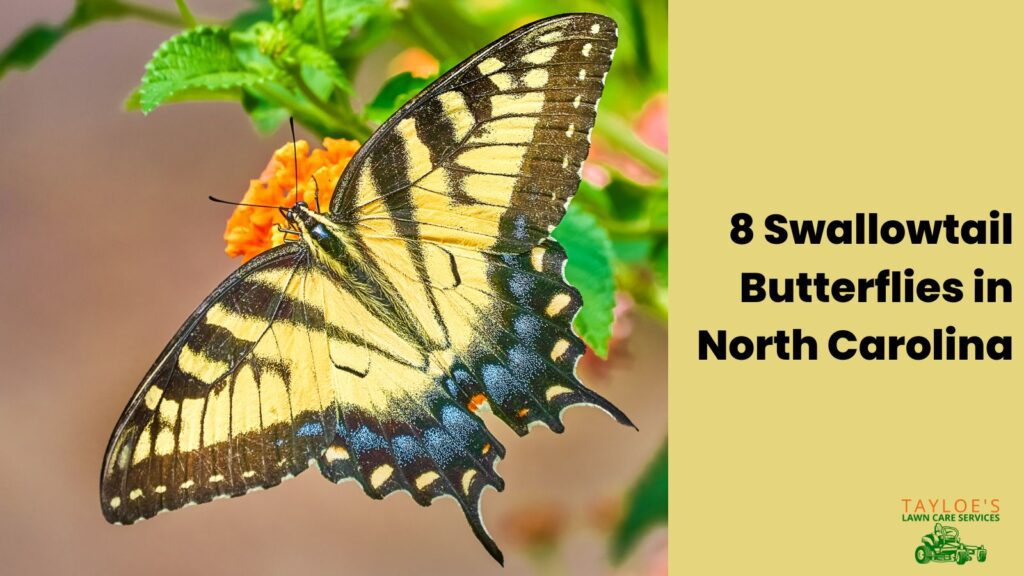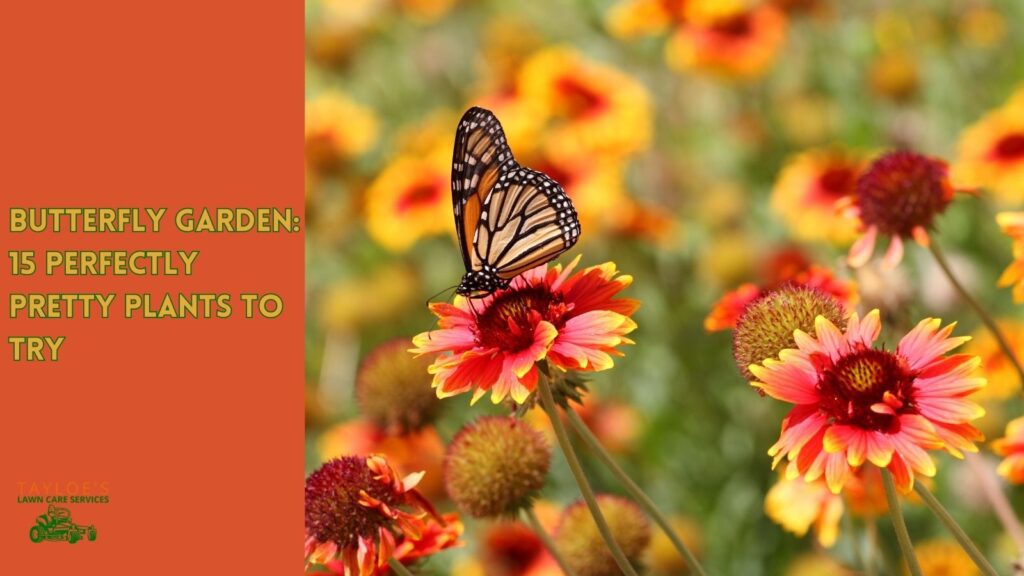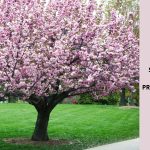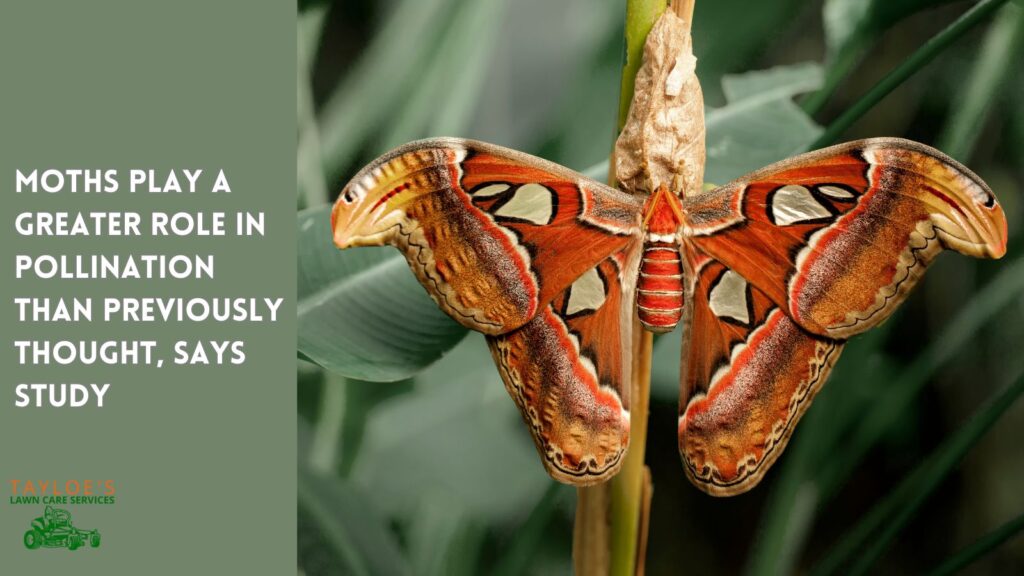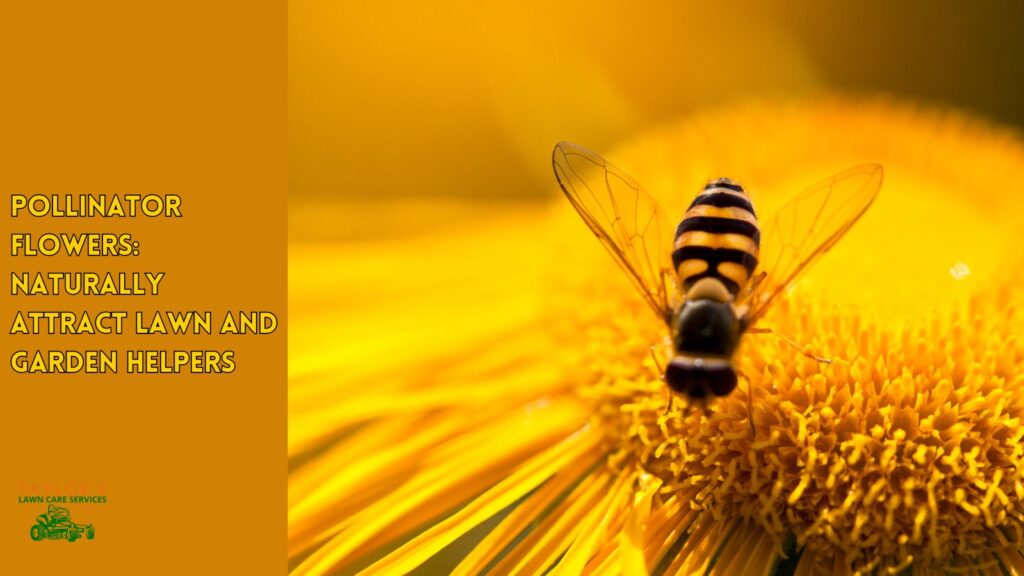Last Updated on: 26th July 2024, 04:21 pm
We host many other lovely species besides the state butterfly, the Eastern Tiger Swallowtail.
Ah, North Carolina – a state renowned for its scenic beauty, pristine beaches, majestic mountains, and of course, its diverse array of wildlife. Among these, the swallowtail butterflies offer both elegance and play a crucial role in our ecosystem. You might have noticed these fluttering swallowtail enhancing the charm of your greenspaces.
Look deeper at the various swallowtail species that beautify the Tar Heel State.
How Did Swallowtails Get Their Names?
The name swallowtails comes from the distinctive tail-like extensions on the hindwings of many species within the family Papilionidae. Thes extension mimics the elongated tail feathers of swallow birds, which is how the butterflies got their common name.
The entire world swallowtail butterfly population includes 550 species, all part of the Papiliondae family.
The tail-like structures can serve as a form of batesian mimicry or camouflage, helping to distract a predator by directing attacks away from vital body parts and toward the less critical extensions.
Eastern Tiger Swallowtail (Papilio glaucus)
The Eastern Tiger Swallowtail is the most recognized in North Carolina – and the state’s official butterfly. Characterized by its large size, black stripes against a yellow background, and those distinctive long tails, the Eastern Tiger Swallowtail is a common visitor to many gardens serviced by Tayloe’s Lawn Care. These swallowtails love nectar-rich flowers, making them excellent pollinators.
Males tend to be more vibrantly marked, with females sporting subdued colors, an evolutionary measure to help females perpetuate the species by “blending in.”
Planting nectar-rich plants like Joe Pye Weed or Lantana can make your lawn a favorite destination for these beauties.
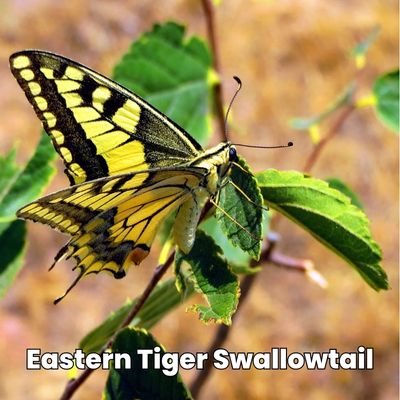
Black Swallowtail (Papilio polyxenes)
Often found in herb gardens, the Black Swallowtail caterpillar is known to munch on parsley, dill, and fennel. Adults have a distinctive black color with a series of yellow dots and a dash of blue and red on their hind wings. If you’re in North Carolina and seeking a lawn service that understands the importance of butterfly-friendly habitats, Tayloe’s Lawn Care can guide you in creating the perfect environment.
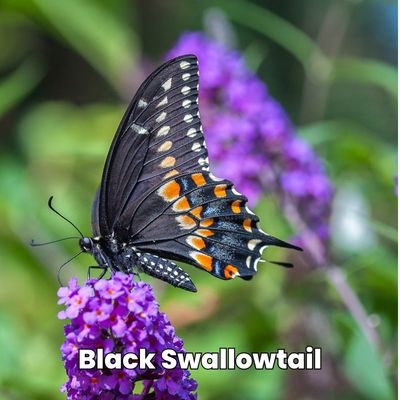
Spicebush Swallowtail (Papilio troilus)
This butterfly, named after the spicebush – its preferred host plant, carries a cloak of blue or greenish-blue on its hind wings, which contrasts against the predominant black. Apart from the spicebush, these butterflies also favor sassafras trees. Incorporating such plants into your garden can be a magnet for the spicebush swallowtail.
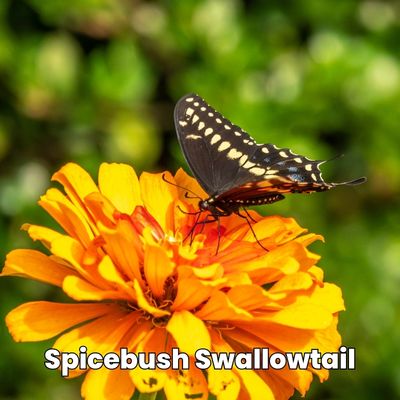
Pipevine Swallowtail (Battus philenor)
The Pipevine Swallowtail is a stunning creature with iridescent blue hind wings. Its caterpillar’s primary food source is the pipevine plant. For those embracing organic lawn care in North Carolina, incorporating these plants can provide a sanctuary for these butterflies, ensuring your garden is always abuzz with life and color.
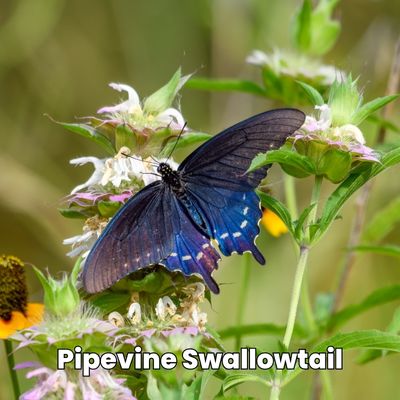
Zebra Swallowtail (Papilo marcellus)
The Zebra Swallowtail is easy to spot with its zebra-like black and white stripes. This species has a particular fondness for the pawpaw tree, making it unique in its dietary preference. You can enjoy the delicious fruits and support these exquisite butterflies by planting pawpaw trees.
Yes, North Carolina is home to several species of swallowtail butterflies. While the previously mentioned ones are among the most common, others are in the region. Let’s explore the state’s swallowtail butterflies.
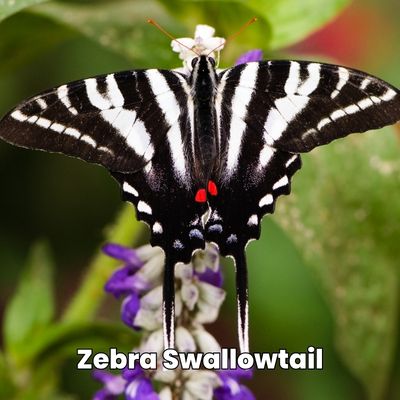
Palamedes Swallowtail (Papilio palamedes)
Often found in the coastal plains and wetlands of North Carolina, the Palamedes Swallowtail is a large black butterfly with yellow stripes. It particularly favors the leaves of the red bay tree for laying its eggs, making it a vital plant for its life cycle.
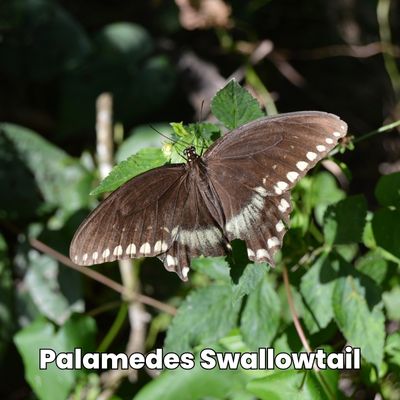
Giant Swallowtail (Papilio cresphontes)
The Giant Swallowtail is one of the most impressively sized butterflies in North America and can be spotted in North Carolina as well. With a striking pattern of yellow bands against a dark background on its wings, the Giant Swallowtail is a sight to behold. You will see Giant Swallowtails only on rare occasions in NC, as they prefer the warmer climates of south Georgia and Florida. Their caterpillars, amusingly referred to as “orange dogs,” feed primarily on citrus plants.
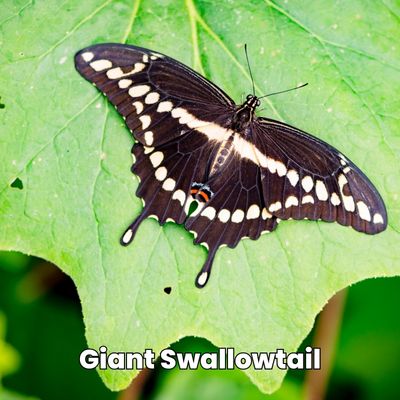
Short-tailed Swallowtail (Papilio brevicauda)
This species is less common in North Carolina. But you may occasionally spot it in the mountainous regions. As the name suggests, they have shorter tails compared to other swallowtails. They are primarily black, with a series of blue spots and a prominent red spot on the underside.
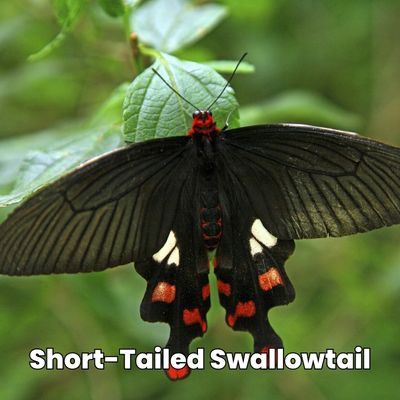
Best Garden Practices to Attract the Swallowtail Butterfly
Observing the captivating dance of most butterflies, particularly the swallowtails of North Carolina, is nothing short of mesmerizing. However, the continued presence of these beauties is under threat from various challenges, ranging from habitat destruction to the broader consequences of climate change. However, with intentional and informed garden practices, we can contribute positively to their survival.
1. Install Native Plants and Host Plants
Why it Matters:
Native plants have co-evolved with the local butterfly species over centuries. They provide the ideal nourishment as host plants for butterflies’ larval (caterpillar) and adult stages.
Suggestions for Implementation:
Research the plants native to North Carolina or consult with your local ag extension agency. For instance, you can install a spicebush for the Spicebush Swallowtail.
Most species of swallowtail butterflies will appreaciate the addition of the following flowers in your yard:
Joe Pye Weed
Wild cherry trees (for the springtime flowers and nectar and shelter of its branches)
Milkweed
Thistles
- Butterfly bush
Dogbane
Lantana
Birch trees (they enjoy the leafy foliage to hide from predators)
By adding these plants into your garden, you’re creating an optimal feeding ground for these insects. But you will also receive the gift of pollen spreading around your yard by these lovelies.
2. Say No to Pesticides
Why it Matters:
Pesticides, while effective against pests, are indiscriminate. They also impact beneficial insects, such as butterflies and bees, which are crucial in pollination and maintaining a balanced ecosystem. In turn, you can inadvertently harm an unsuspecting bird, as birds are predators of swallowtails.
Suggestions for Implementation:
If you face challenges with pests, consider introducing natural predators like ladybugs or using natural repellents. Companion planting, where specific plants are grown together to deter pests, is another organic solution worth exploring. For instance, marigolds can repel nematodes, and basil can deter mosquitoes and flies.
3. Offer Watering Spots for Adult Butterflies
Why it Matters:
Adult butterflies, like all living creatures, need water. But beyond hydration, they also seek out puddles to absorb essential minerals and salts, a behavior known as “puddling.”
Suggestions for Implementation:
Create a shallow puddle station in your garden. That can be as simple as a saucer filled with sand, to which you occasionally add water. Placing a few rocks in the saucer can give butterflies a place to perch while they drink.
4. Cultivate Sheltering Havens or Caterpillars and Adult Swallowtails
Why it Matters:
Both caterpillars and butterflies need protection from predators and the elements. Natural shelters can increase their lifespan and give them safe places to rest, mate, and lay eggs.
Suggestions for Implementation:
Allow a section of your garden to grow wild with tall grasses and shrubs. This area offers a habitat for butterflies and attracts other beneficial wildlife. Consider planting hedgerows or maintaining existing trees, as they can serve as windbreakers and offer protection.
Each of these practices, though seemingly small, can cumulatively create a significant positive impact. As more gardeners in North Carolina adopt such caterpillar- and butterfly-friendly measures, we support ethereal creatures to flourish and, in turn, support a healthy ecosystem.
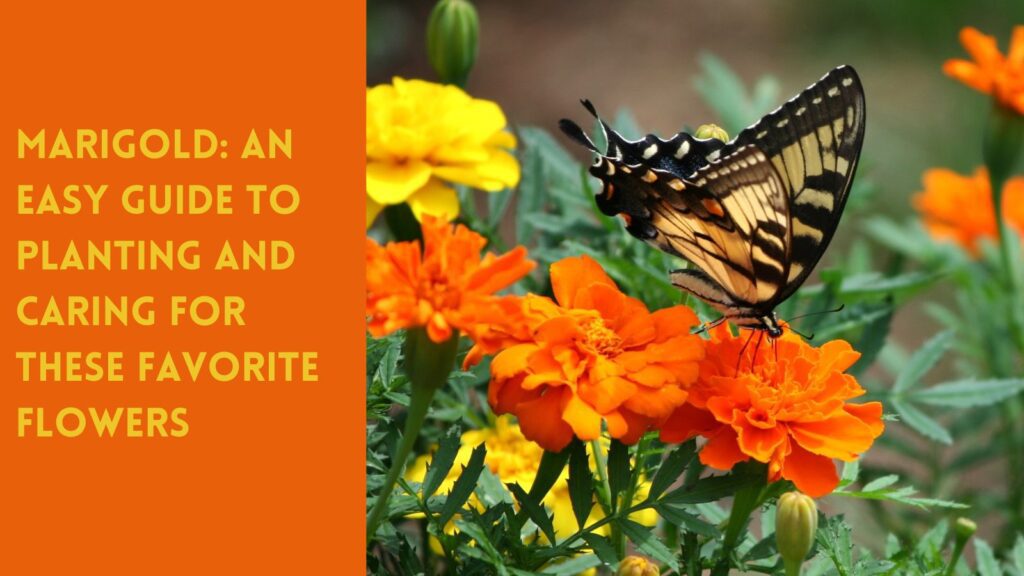
The Takeaway: Swallowtail Butterflies Are Common Backyard Visitors
North Carolina’s diverse landscape offers a rich habitat for various species of the swallowtail butterfly. With conscious efforts and responsible gardening practices, residents can ensure many butterflies continue to grace NC with their presence.
Love reading about gardening content and landscaping ideas? Head over and connect with Tayloe’s Lawn Care Services on Facebook for more garden and lawn care tips.
Author Profile

- Deborah Tayloe is the CEO and co-founder of Tayloe's Lawn Care Services, LLC. She has a B.S.Ed and holds certificates in soil and water management and herbology from accredited programs.
Latest entries
 GardeningSeptember 27, 2025What perennials, shrubs, and trees don’t like fall pruning (and why)?
GardeningSeptember 27, 2025What perennials, shrubs, and trees don’t like fall pruning (and why)? Trees and ShrubsSeptember 14, 2025Fall Shrub Pruning Guide (September–October)
Trees and ShrubsSeptember 14, 2025Fall Shrub Pruning Guide (September–October) Trees and ShrubsApril 22, 2025Boxwood Blight: Early identification and isolation
Trees and ShrubsApril 22, 2025Boxwood Blight: Early identification and isolation Flower GardenApril 8, 2025John F. Kennedy Rose: Hybrid tea rose with elegant white blooms
Flower GardenApril 8, 2025John F. Kennedy Rose: Hybrid tea rose with elegant white blooms

